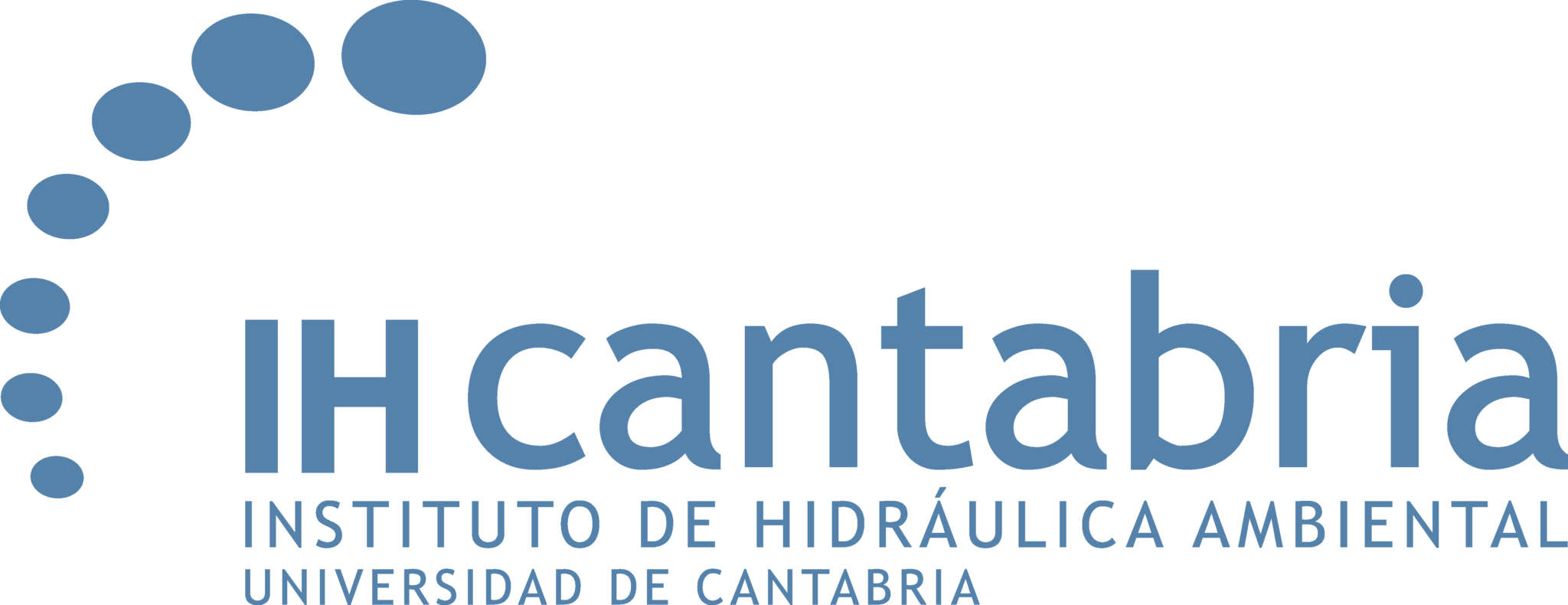JOSÉ BARQUÍN ORTIZ
Responsable del Grupo de Ecosistemas Continentales
Investigador Principal
+34 942 20 16 16 Ext. 56102
Biografía
Pepe Barquín es Doctor en Ecología fluvial por Massey University, Nueva Zelanda. Pepe ha disfrutado de diferentes posiciones como Postdoctorado en el National Institute of Water and Atmospheric Research de Nueva Zelanda o en la Universidad de Cantabria y se le concedió la posición de investigador Juan de la Cierva durante el período 2009-2011 y la de Ramón y Cajal (2012-2017) en el Departamento de Ciencias y Técnicas del Agua de la Universidad de Cantabria (Universidad de Cantabria).
Actualmente Pepe es Profesor Titular en la Universidad de Cantabria, donde participa en numerosos proyectos de investigación competitiva y en contratos con la administración o empresas como investigador principal y es miembro de la Asociación Ibérica de Limnología, de la Sociedad Ibérica de Ictiología, de la Society for Freshwater Sciences y de la New Zealand Freshwater Science Society.
Pepe también ha dirigido numerosas tesis de máster y doctorado y participa en la docencia de un máster sobre gestión de sistemas hídricos en la Universidad de Cantabria.
LÍNEAS DE INVESTIGACIÓN
Patrones de biodiversidad acuática.
Determinación de factores que controlan el metabolismo fluvial.
Efectos de la deforestación y cambios en los usos del suelo en los ecosistemas fluviales.
Efectos de actividades antrópicas en los ecosistemas fluviales.
pUBLiCACIOnES




